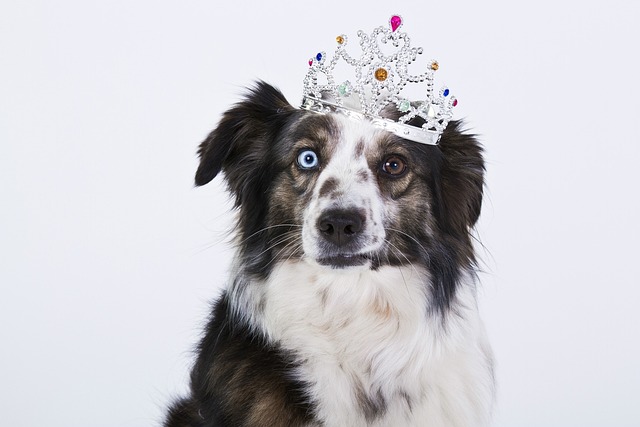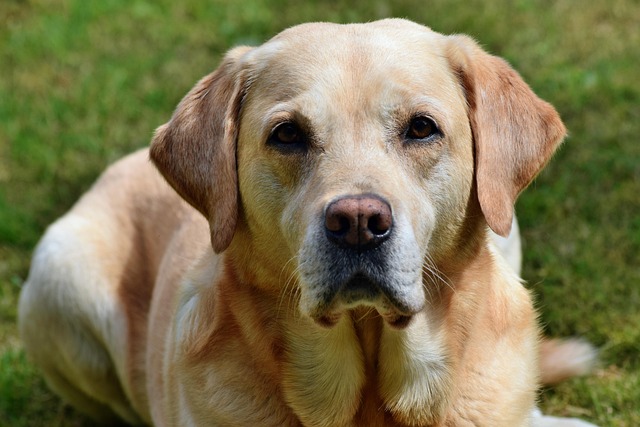
Should I give my dog vitamin supplements
If you’ve ever stood in the pet store aisle, staring at bottles of dog vitamins labeled “immune support” or “shiny coat,” you might’ve wondered if your pup really needs them.
Picture your dog shaking their head after a swim, or scratching relentlessly at one ear. That familiar scent? It might signal trouble brewing. Keeping those floppy or pointy ears clean isn't just about comfort; it's vital health maintenance. Dogs have L-shaped ear canals, perfect for trapping moisture, wax, and debris. This cozy, dark environment becomes a paradise for yeast and bacteria if neglected, leading to painful infections. Watch for redness, unusual discharge (brown, yellow, or bloody), persistent odor, excessive head shaking, or tenderness when touched – these are flashing warning lights demanding attention. Ignoring them risks deeper issues and potentially costly vet visits.
Many owners believe only harsh, medicated solutions sold at pet stores can effectively tackle dirty ears. Not true! In fact, overusing strong chemical cleaners can strip the ear's delicate natural defenses and disrupt its pH balance, sometimes making problems worse long-term. Vets increasingly recognize the value of gentler, natural approaches for routine maintenance and mild issues, especially for dogs prone to sensitivities. The goal isn't to sterilize the ear canal but to support its healthy environment using safe, non-irritating ingredients you might already have at home.
So, what natural ear cleaners for dogs get the vet nod? Diluted apple cider vinegar is a superstar. Its mild acidity helps restore the ear's natural pH, discouraging yeast overgrowth. Mix one part raw, unfiltered apple cider vinegar with one part lukewarm distilled water or cooled, boiled water – never use it full strength or on broken skin. Another excellent, vet-approved option is pure, unrefined coconut oil. Its natural lauric acid possesses gentle antimicrobial properties. Melt a small amount until just liquid (not hot!), then let it cool to skin temperature. Both solutions offer safe, natural ear cleaning power. Remember, store-bought "natural" products aren't automatically safe; always scrutinize the ingredients list.
Ready to clean? Gather your supplies: your chosen natural solution (cooled!), cotton balls or gauze pads (absolutely NO cotton swabs!), and some tasty treats. Start when your dog is calm, perhaps after exercise. Gently lift the ear flap, exposing the canal. Carefully fill the visible part of the ear canal with your solution – you don't need to drown it, just enough to coat the inside. Gently massage the base of the ear for 15-30 seconds; you'll hear a squishing sound. This helps break up debris. Release the ear and let your dog shake – this is nature’s way of loosening gunk deeper inside. Finally, use a cotton ball or gauze to wipe the easily accessible parts of the inner ear flap and the opening of the canal. Never probe deep inside; you risk injury. Praise and treat generously throughout! This natural dog ear cleaning process should be stress-free.
Preventing dog ear infections naturally starts with routine checks. Make peeking into those ears part of your weekly grooming ritual. For water-loving dogs, drying ears thoroughly after swimming or baths is crucial – moisture is the enemy. A soft towel or even a hairdryer on the cool, low setting held at a distance works well. For breeds with hairy ear canals (like Poodles or Schnauzers), ask your groomer or vet about safe plucking techniques to improve airflow, reducing the damp environment where infections thrive. Diet also plays a role; some dogs prone to ear issues benefit from omega-3 fatty acid supplements or limited-ingredient diets if food allergies are suspected. Consistent, gentle cleaning with your natural solution every 1-2 weeks (or as recommended by your vet based on your dog's needs) is key to maintaining ear health naturally.
While natural remedies are fantastic for maintenance and mild cases, they aren't magic bullets for serious infections. If you see intense redness, swelling, bloody discharge, a foul smell, or if your dog seems in significant pain (yelping, avoiding touch), stop home treatment immediately. Likewise, if symptoms persist after a few days of natural cleaning, or if your dog has a history of chronic ear problems, skip the DIY and head straight to your veterinarian. Deep infections or ruptured eardrums require prescription medication and professional care. Responsible pet ownership means knowing when home care ends and expert intervention begins. Trust your instincts – you know your dog best.

If you’ve ever stood in the pet store aisle, staring at bottles of dog vitamins labeled “immune support” or “shiny coat,” you might’ve wondered if your pup really needs them.

If you’ve ever thought about swapping your dog’s kibble for something homemade, you might’ve worried: “Will I get the nutrients right?”

If you’ve ever watched your dog tilt their head like they’re confused, or scratch at their ear until they whimper, you might be seeing signs of an ear infection.

Golden Retrievers, with their lush coats and playful spirits, often steal hearts in parks and homes alike. But that same thick fur that makes them so cuddly can sometimes be a double-edged sword when it comes to skin health.

If you’ve ever left a friend’s house with a dog and spent the next hour sneezing, your eyes red and watery, you’ve probably wondered when the discomfort will end.

If you’ve ever watched your dog scratch until their skin turns red, or noticed them licking their paws raw after a walk, you’ve probably wondered what’s causing their discomfort.